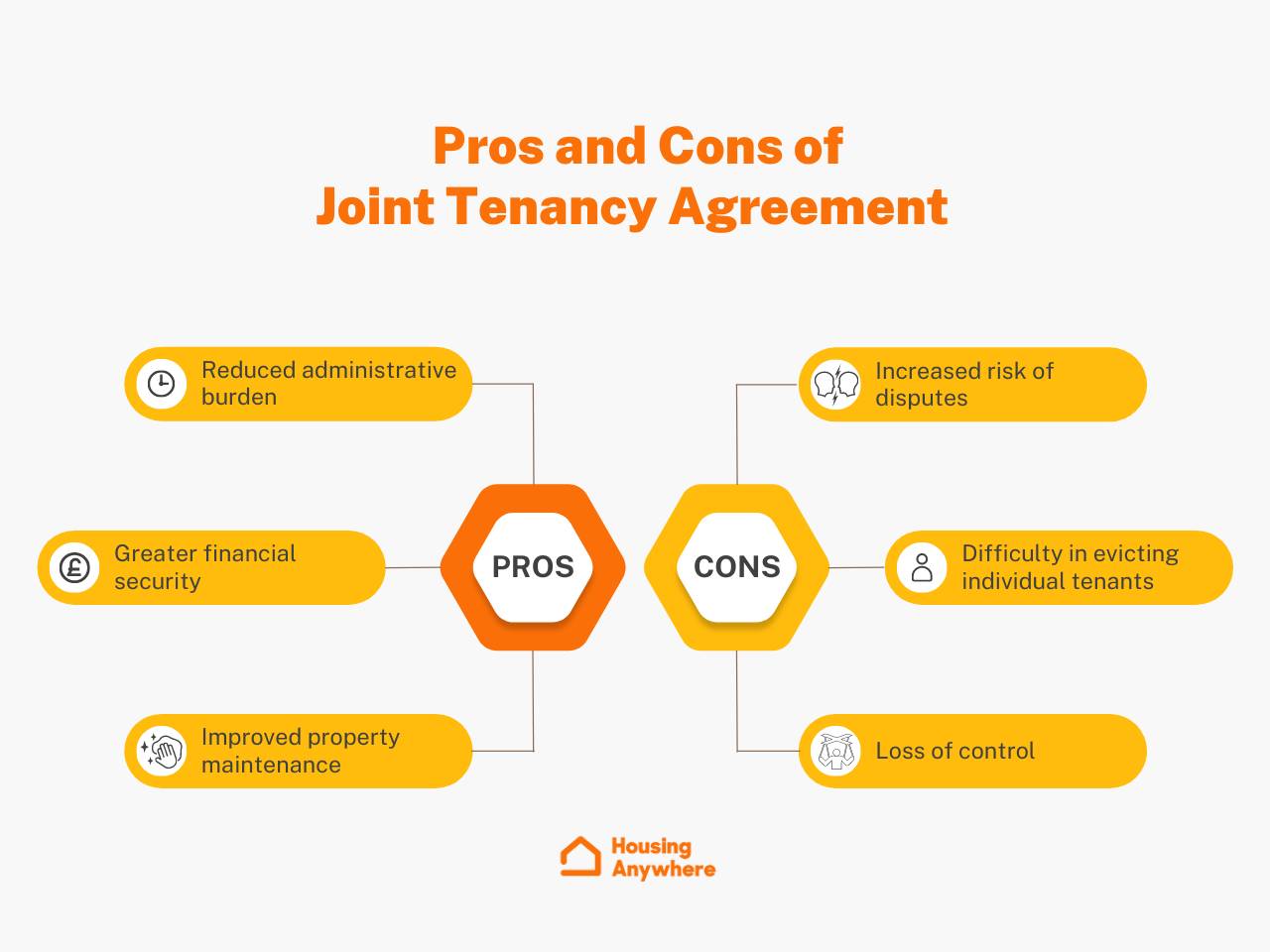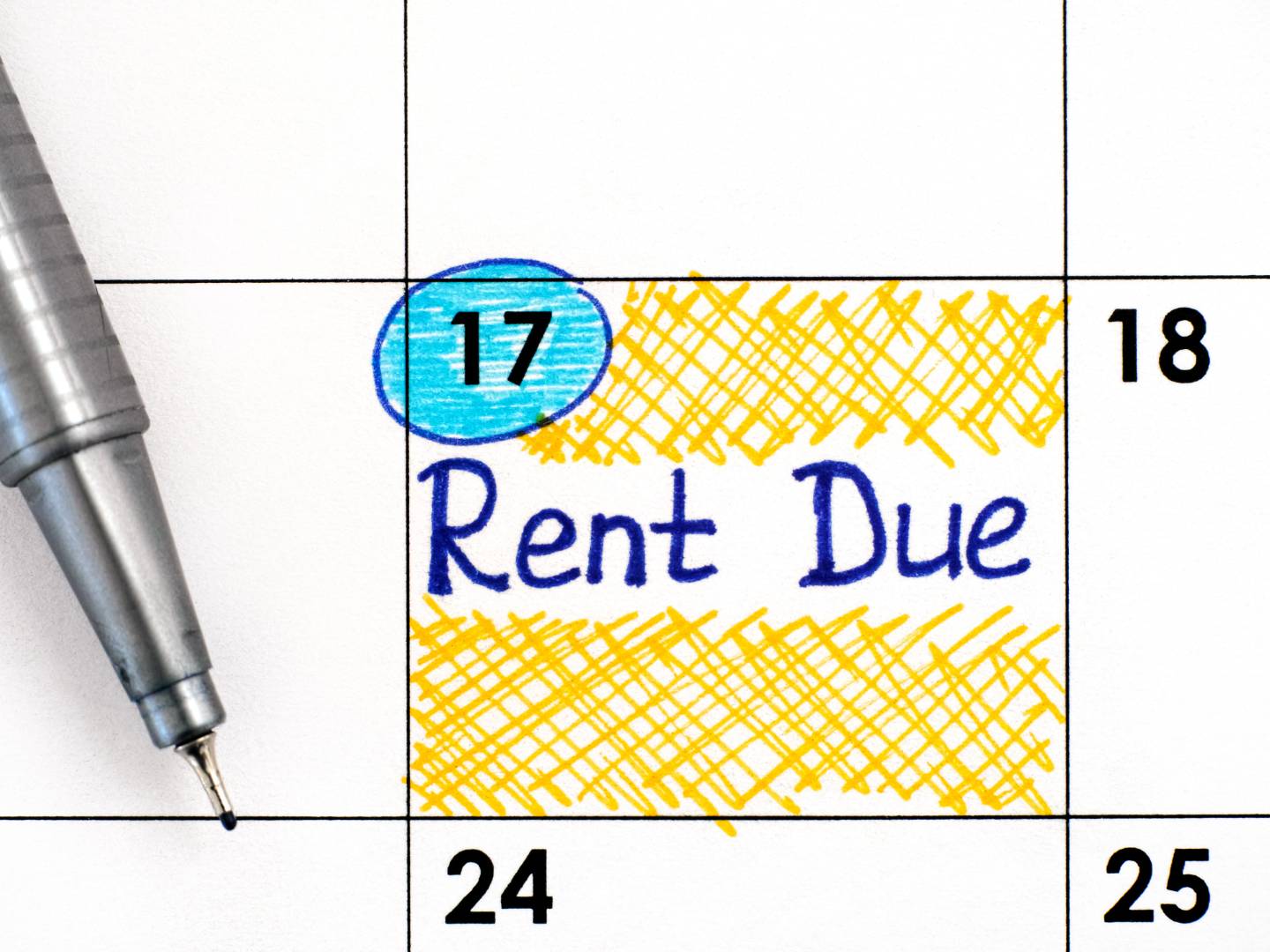Single or multiple agreements when letting shared apartments
Decide whether to give your tenants single (joint tenancy) or multiple agreements when letting an apartment with shared facilities.
Jale
If you plan to let an apartment with shared facilities to multiple tenants, you might question whether you should give your tenants a single (joint tenancy) or multiple assured shorthold tenancies. Both have advantages and disadvantages. So it’s crucial to discover which is better for you as a landlord!
Joint tenancy agreements
In the UK, joint tenancy is a common type of assured shorthold tenancy where multiple tenants sign a single tenancy agreement. Most joint tenancy agreements start with a fixed-term of 12 months. After that, you can either offer another fixed-term contract, or the tenancy will automatically roll into a periodic tenancy.
Legally, only a maximum of 4 tenants can hold the legal ownership of the tenancy; any additional ones will be on trust. But it’s important to have all of the tenants sign the tenancy agreement. This way, all tenants are liable for the rent and the other contractual obligations under the tenancy agreement.
Multiple tenancy agreements
You can let an apartment with shared facilities to multiple tenants by giving each individual an assured shorthold tenancy agreement. This is essentially what multiple tenancy agreements are. They’re usually issued for a fixed-term of 6 to 12 months. After that, you can either offer another fixed-term tenancy or let the tenancy roll into a periodic tenancy.
Differences between giving joint tenancy and multiple assured shorthold tenancy agreements
1. Tenancy agreement
-
In joint tenancy, all tenants sign a single tenancy agreement collectively with all their names on it. Tenants together must choose a lead tenant for the landlord to correspond with.
-
In multiple agreements, each tenant receives their own tenancy agreement. Their obligations and responsibilities are specifically written only for them.
2. Possession of the rental
-
In joint tenancy, tenants don’t get exclusive possession of any parts of the rental property. But in practice, they each get a separate bedroom and share common areas such as the kitchen and living room.
-
In multiple agreements, each tenant has exclusive possession of one specific room while sharing other facilities, like the kitchen.
3. Paying the rent
-
In joint tenancy, tenants are collectively responsible for paying the total rent. If one tenant fails to pay their share of the rent, the remaining tenants must make up for it.
-
In multiple agreements, each tenant is only responsible for paying their own rent. Landlords can’t ask other tenants to complete the missing portion of the rent.
4. A breach in the tenancy agreement
-
In joint tenancy, everyone must look after the property and follow the tenancy agreement terms. If one person breaches, everyone is liable, not just the guilty tenant.
-
In multiple agreements, separate tenants must look after shared areas and are responsible for the specific part, like their bedrooms.
5. Handling the deposit
-
In joint tenancy, there’s only one deposit. It can be made up of payments from each tenant, or the lead tenant can send the whole deposit. Because everyone is liable for the damages, the landlord deducts the amount of damage from the total deposit. At the end of the tenancy, the landlord returns the remaining deposit to the lead tenant. The lead tenant is responsible for allocating the deposit among the other tenants.
-
In multiple agreements, tenants pay their deposit separately, and the landlord returns the deposit individually to each tenant once the tenancy ends. When there’re damages to the shared apartment that one tenant caused, the landlord will deduct the cost of those damages from the deposit of the tenant who caused the damage.
6. Ending the tenancy before the fixed-term
-
In joint tenancy, if one tenant wants to use a break clause to end a joint tenancy early, all joint tenants must agree. It may require all other joint tenants to leave or become responsible for paying the total rent.
-
In multiple agreements, any tenant can use a break clause to leave before the fixed-term ends. They don’t need the approval of the other tenants.
In both tenancy agreements, your tenants can only leave before the fixed-term ends if you add a break clause into the tenancy agreement.
7. Finding a replacement tenant
-
In joint tenancy, the remaining and departing tenants must agree on who’s responsible for finding a replacement tenant unless the break clause clearly states who is responsible. Landlord must approve the replacement tenant and sign a new agreement between the remaining joint tenants and the replacement tenant.
-
In multiple agreements, the remaining tenants have no obligation to find a replacement tenant. Unless stated otherwise, the landlord will look to find a replacement tenant.
8. Eviction
-
In joint tenancy, if one tenant violates the terms of the agreement, it can be difficult to identify who caused it and evict only that tenant without terminating the entire agreement.
-
In multiple agreements, landlords can evict individual tenants without terminating the whole tenancy agreement.
Pros and cons of giving joint tenancy

Pros of giving joint tenancy:
- Reduced administrative burden: The landlord has to deal with one agreement and one rent payment rather than multiple.
- Greater financial security: Since tenants are jointly responsible for the rent, if one tenant defaults on their rent or causes damage to the property, the other tenants must compensate for this.
- Improved property maintenance: When tenants have a shared living space, they're also more likely to work together to maintain it, i.e., take turns cleaning common areas or work together to ensure nobody causes damage.
Cons of giving joint tenancy:
- Increased risk of disputes: There's a higher risk of disputes between tenants which can be time-consuming and costly for the landlord to resolve. For instance, when one tenant wants to end their tenancy early.
- Difficulty in evicting individual tenants: If one tenant violates the terms of the agreement, evicting one tenant might lead to terminating the entire agreement.
- Loss of control: When the tenants disagree (i.e., over shared service costs), the landlord may have difficulty resolving the issue and maintaining control.
Pros and cons of giving multiple tenancy agreements

Pros of giving multiple tenancy agreements:
- Greater flexibility: Since each tenant has their own separate agreement, landlords can easily replace a tenant without needing to seek the agreement of the remaining tenants.
- Higher rental income: Landlords can charge different rates for each room depending on factors such as size and the level of demand for that particular room.
- Reduced risk of disputes: When there's an issue between tenants, such as noise complaints, the landlord can hold the individual tenant responsible for their actions.
Cons of giving multiple tenancy agreements:
- More administrative work: Multiple tenancy agreements are more complex and time-consuming than managing a single joint tenancy agreement.
- Difficulty in finding replacement tenants: When a landlord needs to find a new tenant, this can create potential problems with compatibility between existing and new tenants.
- Higher risk of non-payment: When one or more tenants fail to pay their share of the rent, it can result in a loss of rental income for the landlord.
As you can see, both giving single or multiple agreements differ. As a result, they have their own advantages and disadvantages for landlords.
This article is for informational purposes and is not a substitute for legal advice. Please consult the appropriate authorities or a lawyer for personalised support.
For feedback on this article or other suggestions, please email content@housinganywhere.com
Related articles
In this article
Rent out faster on HousingAnywhere
On average, 50% of landlords rent out their property within 14 days on HousingAnywhere.
Rent out my property now

